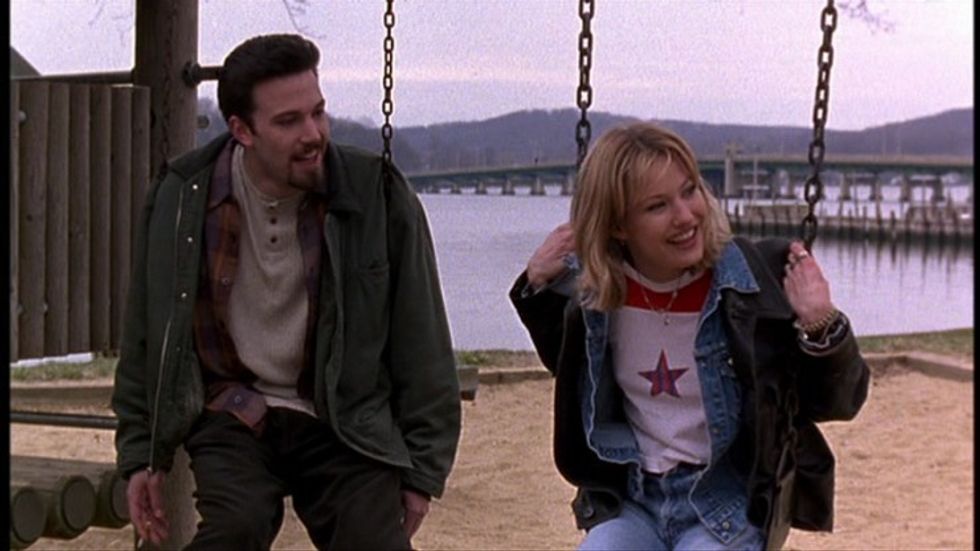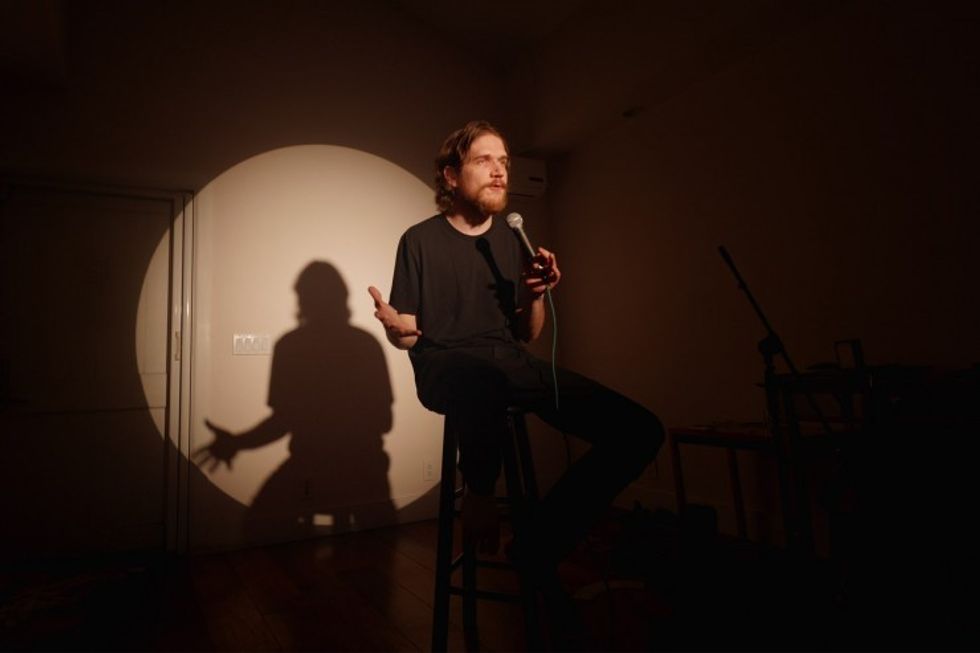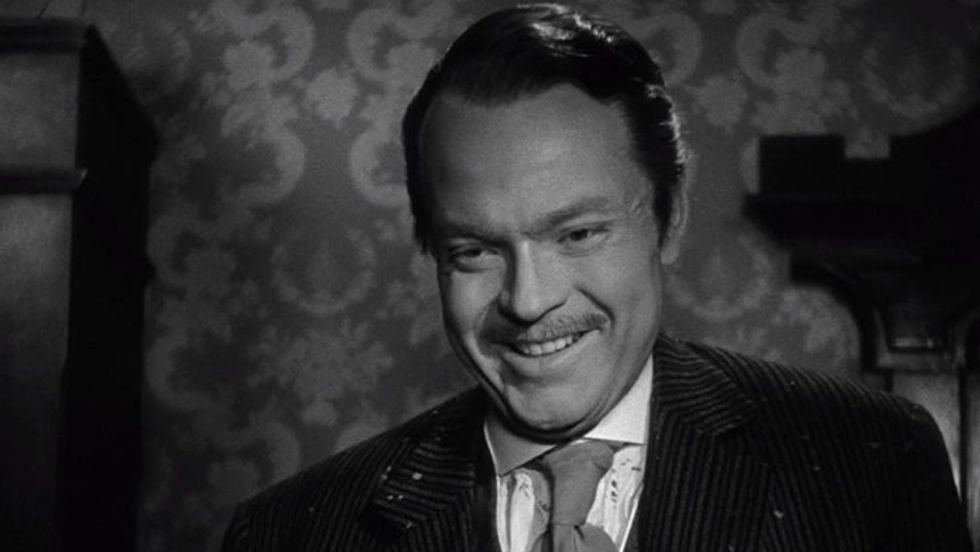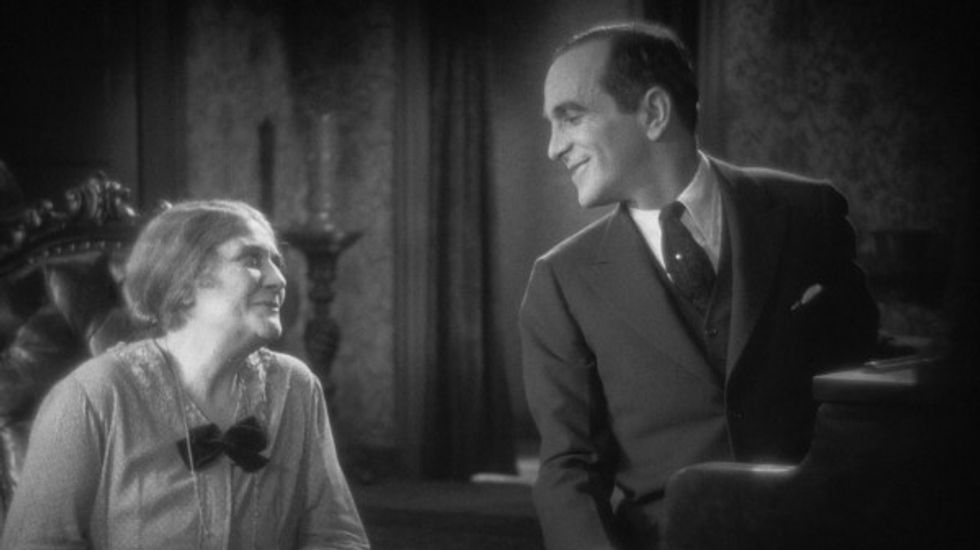
There's something really personal about a good poem. The ones we connect with feel like they're talking directly to our souls. But it's hard to connect with a piece of literature if you don't understand the parts. For example, what is a stanza in poetry? And why are they crucial to finding the deeper meaning of the words?
There are lots of different words that describe the elements of a poem. Today, we're going to focus on the stanza, which creates the backbone of a poem and gives it form.
We'll go over the definition, look at stanza examples, and talk about how the best poetry is there to inspire and tap into parts of ourselves we have never seen.
Ready? Let's get started.

What Is a Stanza?
Poetry is one of those things that I found baffling in school. I didn't have the time to slow down or extract meaning. But now, as an adult, I have more time to spend with the beauty of the work. And for me, that starts with the stanzas.
Stanza Definition
A stanza is a division of lines arranged as a unit to form a poem. They may have a recurring pattern of metrical lengths and rhyme that fit together to create the whole.

What Do Stanzas Reveal About Poems?
Stanzas give a poem form and function. But they also reveal much more about the author's intent.
- Structure: Stanzas lay out how a poem is built. They give it a form on the page.
- Pattern: What does the rhyme scheme look like? How does it begin?
- Organization: What ideas or thoughts are contained in each line of the stanza?
- Mood: How are emotions laid out? Is there a natural progression to what you feel and read?
- Shape: What does the stanza of the poem look like on the page? Is it organized into a bigger idea or is there a specific way to look at it?

What Are the Different Types of Stanzas?
Stanzas are not standard. They come in many different sizes and even vary in length. Most are classified by meter, rhyme, or numerals.
Let's unlock the many different kinds of stanzas you might encounter while reading.
- Monostich: One line that could be an entire poem.
- Couplet: Two lines that rhyme.
- Tercet: Three lines that can either all rhyme or form an ABA rhyming pattern, where the first and third line rhyme.
- Quatrain: Four lines with the second and fourth lines rhyming, like ABAB.
- Quintain: Five lines that can dictate their own rhyming pattern.
- Sestet: Six lines.
- Septet: Seven lines, often called a “rhyme royal.”
- Octave: Eight lines written in iambic pentameter. Many rhyming patterns come into play here.
- Isometric stanza: Lines that have the same beats or meters in each line.
- Heteromeric stanza: A stanza in which every line is a different length or words.
- Spenserian stanza: It is derived from Edward Spenser, who used a unique structure in “The Faerie Queene.” A Spenserian stanza has nine lines. But eight are in iambic pentameter, with the last one in iambic hexameter, which is a twelve-syllable beat line.
- Ballads: Famous for their use in songs, these have a rhyming quatrain in the first and third lines, and then three emphasized beats in the second and fourth lines.

How Is Formal Verse Different from Free Verse in Poetry?
Poetry is written in three primary forms. There's poetry with a strict meter and rhyming scheme. There's blank verse, which has meter but no rhyme, and then there is free verse, which is poetry without rhyming or meter.
Formal verse is poetry with at least rhyme or meter. Free verse is not tied to either of those and can flow in any way it wants.

Stanza Examples in Poetry
The best way to understand all the different stanzas is to look at a handful of examples of the different types. These can occur not just in poems, but in songs, as well. First up, check out this quintet from "Every Breath You Take" by Sting and The Police. It has meter and rhythm.
“Since you've gone I been lost without a trace
I dream at night I can only see your face
I look around but it's you I can't replace
I feel so cold and I long for your embrace
I keep crying baby, baby, please”
What about in a play, like William Shakespeare's Romeo and Juliet? There's an incredibly famous couplet that goes:
"Good night! Good night! Parting is such sweet sorrow / That I shall say good night till it be morrow."
In “Stopping by Woods On a Snowy Evening,” Robert Frost uses a quatrain for his famous lines.
"He gives his harness bells a shake
To ask if there is some mistake.
The only other sound’s the sweep
Of easy wind and downy flake."
Summing Up "What Is a Stanza in Poetry?"
Now that you understand what stanzas are, you get how they help form the poets' ideas and emotions on the page. These are great ways to get in touch with your own writing, or just help you expand your creative repertoire.
- Is Dialogue Overrated? Vince Gilligan Thinks It "Carries Too Much Weight" ›
- How to Avoid Giving Actors Line Readings ›
- What Is Iambic Pentameter? (Definition and Examples) ›











